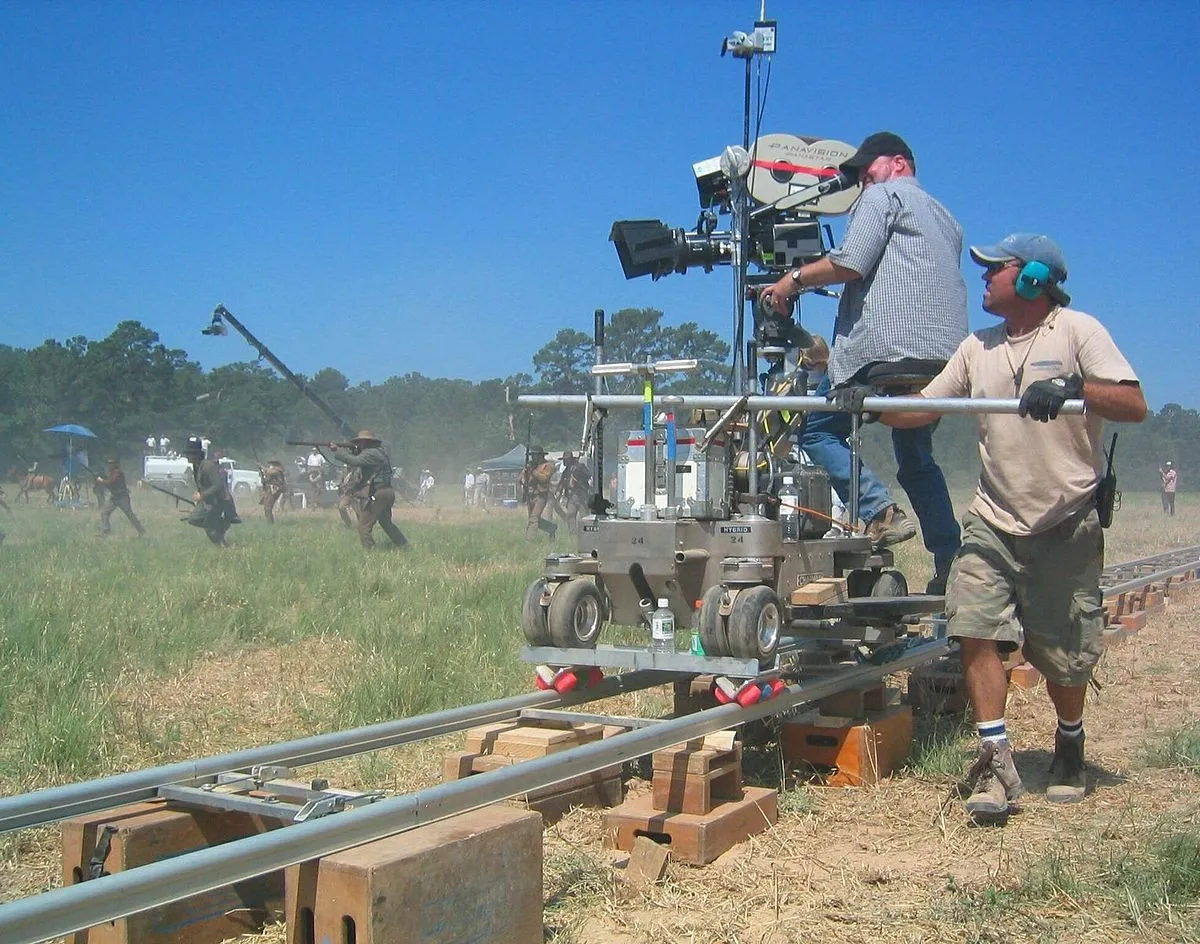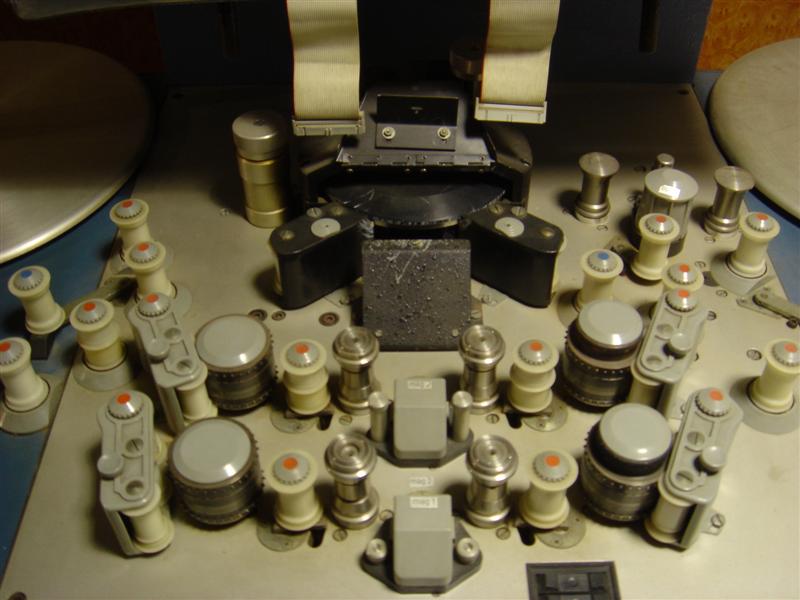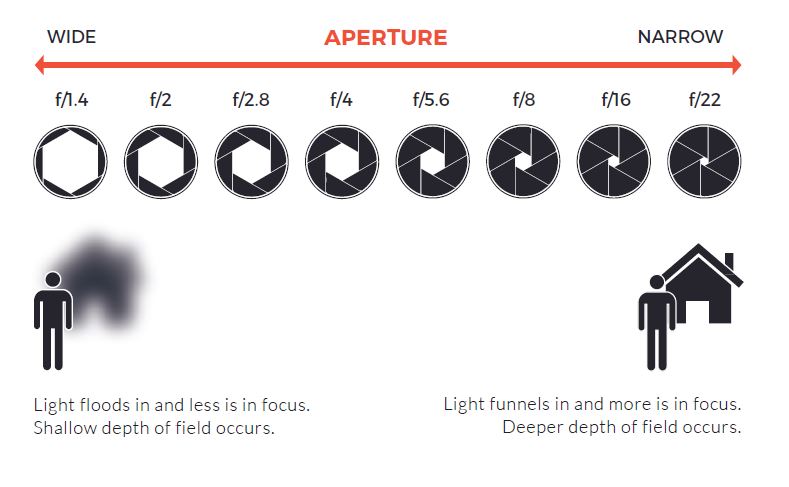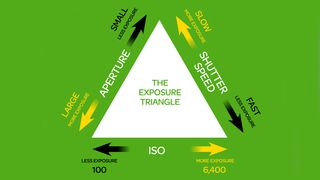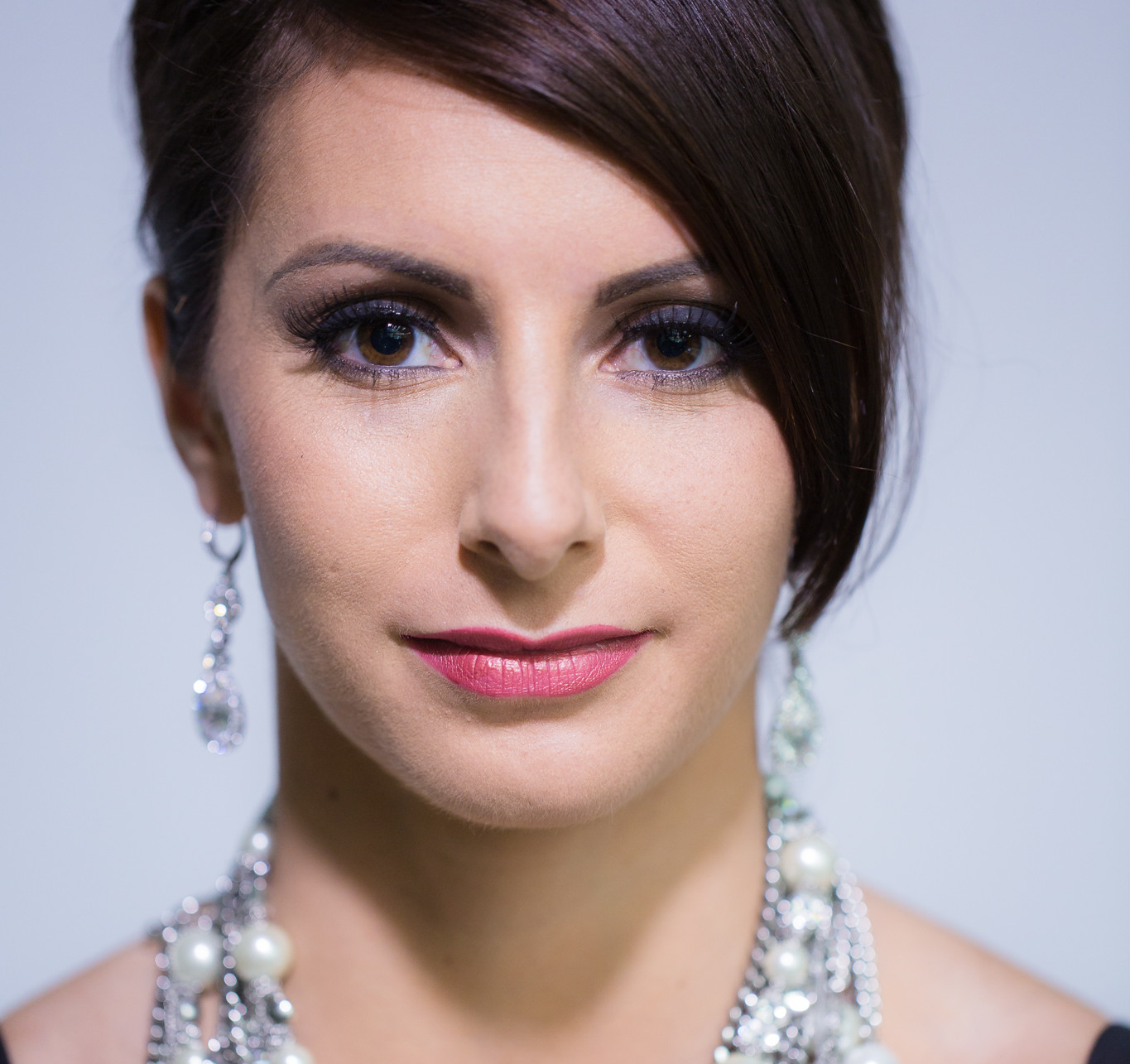:max_bytes(150000):strip_icc()/illo_id-ego-superego-599dc5e3c41244001354e25f.png) |
| Freud Id, Ego and Superego. (Kendra Cherry, 2019) |
Sigmund Freud: ID, Ego and Super Ego
Freud's theory on ID, Ego and Super Ego tries to explain the different elements of the human personality through 3 main elements, the ID, the Ego and the Super Ego. "Each component not only adds its own unique contribution to personality, but all three elements interact in ways that have a powerful influence on each individual. Each of these three elements of personality emerges at different points in life."(Kendra Cherry, 2019).The ID is the only element that is present from birth and is the most instinctual, this element seeks for pleasure without thought for any consequences, this is what babies rely on and it is not until they grow that they begin to understand their actions. It stays present throughout life but due to the other elements of Freud's theory is controlled and managed. "Although people eventually learn to control the id, this part of personality remains the same infantile, primal force all throughout life. It is the development of the ego and the superego that allows people to control the id's basic instincts and act in ways that are both realistic and socially acceptable." (Kendra Cherry, 2019).
The Ego is the second element of Freud's theory that is based off of the ID, the purpose of this element is to keep the Id in check and to make sure that the needs of the id are met but kept towards a socially expectable standard "It’s geared towards problem-solving and reality-testing, enabling the person to maintain self-control. However, just like the id, the ego is interested in seeking pleasure, it just wants to do so in a realistic way. It’s not interested in right and wrong, but in how to maximize pleasure and minimise pain without getting into trouble" (Cynthia Vinney, 2019)
The Superego is the third element of Freud's theory and it is based off of achieving social 'Perfection' and trying to meet society needs. The Superego tries to reject all the completely negative thoughts of the Id such as overly sexual or violent ideas. It is suggested that the Superego is created based off of the early parenting of the child, with the superego following the ideas presented by the parents. "In this way the Superego acts like an inner parent, meaning that the desired behavior is being manifested in the child’s normal behavior and the bans are being respected and understood without the need of the parents telling the child what to do." (Martin, 2019)
Scene Analysis
During the parking lot scene between Tyler and the Narrator, the characters link to different elements of Freud’s Id, ego and super ego theory. This scene opens up with mid shots of the two characters and incorporates a shot reverse shot to jump between the two while they’re talking, at this time in the scene Tyler is trying to persuade the Narrator to hit him, the Narrator seems adamant to at first but with enough persistence from Tyler’s part he eventually gives in to Tyler’s request. This interaction between the two characters can link back to Freud’s Id, ego and super ego theory, with Tyler representing the Id through his impulsive and persistent nature throughout the scene, not caring for the consequences of his actions while just seeking out what he wants, this follows the theorized characteristics of the id, “it is the childlike, selfish and hedonistic part of your personality, which focuses on the self ” (Lawton, 2015). While Tyler represents the Id in this scene, the Narrator represents the ego, being influenced by the Id and not being able to resist the urges it presents to him. This is shown throughout this scene through the Narrator trying to resist Tyler’s request to punch him. Again linking to Freud’s id, ego and super ego theory the Narrator is at first adamant to give in to Tyler’s requests but ends up only delaying Tyler’s wishes as he ends up giving into him much like the Ego is said to always end up giving into the Id, “In many cases, the id's impulses can be satisfied through a process of delayed gratification--the ego will eventually allow the behavior, but only in the appropriate time and place.” (Cherry, 2013). Before giving into Tyler the Narrator is looking around and places his bottle on the floor out of the way, this can visually represent the Ego looking first for ways to reduce the negatives of the Ids desire. Other visual significance in this scene comes from Tyler’s restless nature while being turned down from the Narrator such as jumping on the spot and his sporadic movement, this can signify the Id’s restless nature as it seeks pleasure but is being stopped by the ego in control causing the Id to keep on trying until the ego can not stop it any longer. Although the super ego cannot be portrayed through a character in this scene its presence can still be interpreted through technical elements and mise en scene. At the start of the scene both characters are holding glass bottles, when Tyler comes up with the idea to let the Narrator hit him he puts his bottles down which can be inferred as him leaving the Superego and the traditional ideas of society behind, this can be seen through the mise en scene of the scene as Tyler has his back towards the said bottles I am referring to as the super ego. This idea is also supported through the Narrator as he at first is holding the bottle while denying Tyler’s requests but before he gives in he puts it to the side of him. This sequence can portray the ego following the super ego an rejecting the Id until eventually he gives in and rejects the ideas of the super ego to the side while he gives in to the Id and its ideas. Finally after all of this Tyler and the Narrator are sat on the grass but only holding one bottle between them rather than the three they started with. This can also represent how after giving into the Id, the super ego is less present as the ego is now giving into the Id and caring less about morality and what society expects of it. This links again to the characters through Tyler and the Narrators friendship growing closer and closer after their fight.
Reference List
Cherry, K., (2019) Freud's ID, Ego and Super Ego [Online]
Available from:
https://www.verywellmind.com/the-id-ego-and-superego-2795951
Vinney, C., (2019) Freud: Id, Ego, and Superego Explained [Online]
Available from:
https://www.thoughtco.com/id-ego-and-superego-4582342
Martin., (2019) Understanding Siegmund Freud’s Id, Ego and Superego [Online]
Available from:
https://www.cleverism.com/understanding-siegmund-freuds-id-ego-and-superego/
Fincher, D., (1999) Fight club
MovieClips (2015) "Fight Club (1/5) Movie CLIP - I Want You to Hit Me (1999) HD" [Online]
Available from:
https://www.youtube.com/watch?v=CR5Jp_ag2M8
